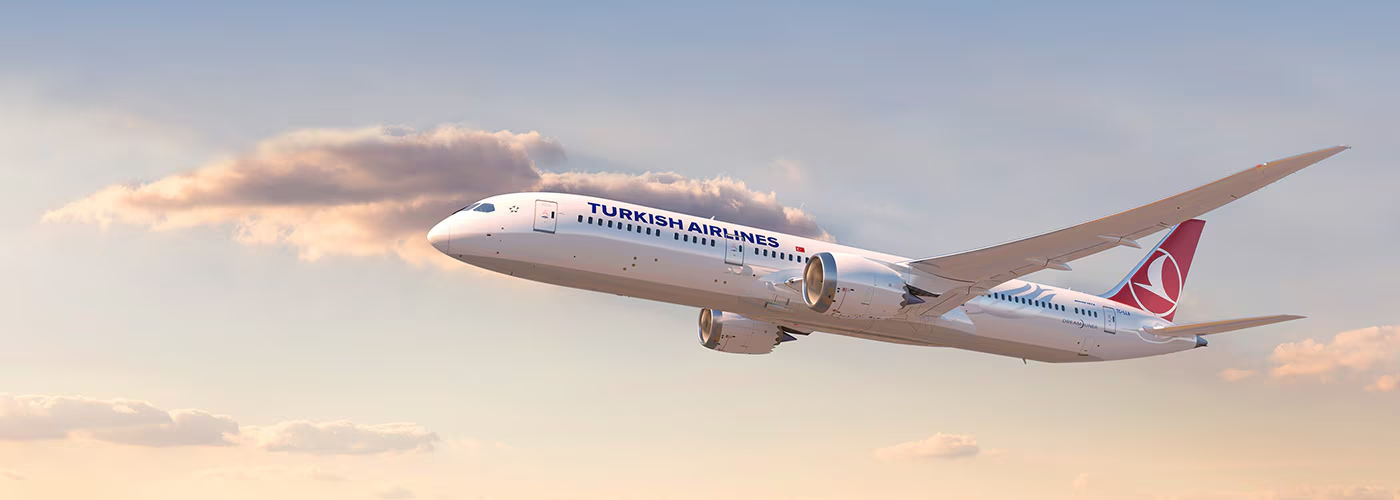Two Sides of the Cockpit: Cargo vs. Passenger Pilots
Have you ever wondered what makes air cargo pilots and passenger pilots different? They both fly high in the sky, but their daily routines, challenges, and missions couldn’t be more distinct. Whether you’re an aspiring pilot or simply an aviation fan, understanding these differences offers a fascinating glimpse into two unique paths in aviation. Let’s dive into the details.
Purpose of the Mission
Air cargo pilots and passenger pilots differ fundamentally in their primary objective: cargo versus people. Let’s break it down.
| Aspect | Passenger Pilots | Cargo Pilots |
|---|---|---|
| Primary Objective | Transport passengers safely and comfortably. | Ensure the efficient and secure transport of goods. |
| Some Data from 2024 | Carried 4.7 billion passengers globally. | In 2024, air cargo pilots transferred an estimated 63.6 billion cargo tonne-kilometers (CTK) globally in the first quarter alone. |
Work Schedules
While both types of pilots face demanding schedules, their daily routines and timing differ significantly.
| Aspect | Passenger Pilots | Cargo Pilots |
|---|---|---|
| Flight Timing | Primary day flights, with some overnight. | Often nighttime flights to meet delivery schedules. |
| Schedule Flexibility | Fixed routes, aligned with passenger demand. | Variable, based on shipping and logistics needs. |
| Unique Challenge | Managing delays during peak travel seasons. | Adjusting to overnight shifts and irregular sleep. |
Aircraft and Equipment
Passenger and cargo planes are designed with vastly different priorities in mind.
| Aspect | Passenger Pilots | Cargo Pilots |
|---|---|---|
| Aircraft Example | Airbus A320, Boeing 737 | Boeing 747-8F, Airbus A330-200F |
| Interior Design | Seats, windows, and entertainment systems. | Reinforced floors, large cargo holds. |
| Global Fleet Share | Designed for passenger comfort. | 90% of air cargo uses freighters or converted planes. |
Responsibilities
The day-to-day tasks for each type of pilot vary greatly.
| Aspect | Passenger Pilots | Cargo Pilots |
|---|---|---|
| Primary Focus | Passenger safety and comfort. | Secure and timely delivery of goods. |
| In-Flight Interaction | Communicating with passengers. | Minimal passenger Interaction. |
| Specialized Tasks | Handling medical emergencies, announcements. | Managing hazardous or time-sensitive cargo. |
Salaries and Career Growth
Both roles offer competitive salaries, but there are slight differences in benefits and growth opportunities.
| Aspect | Passenger Pilots | Cargo Pilots |
|---|---|---|
| Average Salary | $202,180 annually. (U.S. average) | $220,000 annually at top carriers (FedEx, UPS). |
| Additional Perks | Travel benefits for family and friends. | Overnight bonuses and job stability with e-commerce growth. |
| Career Stability | Influenced by tourism and passenger demand. | Stable due to rising global shipping demands. |
Challenges and Rewards
Each role comes with unique challenges but also offers fulfilling rewards.
| Aspect | Passenger Pilots | Cargo Pilots |
|---|---|---|
| Key Challenges | Managing passenger issues, peak travel hours. | Isolated work environments, adverse weather. |
| Key Rewards | Connecting people worldwide. | Supporting global trade and logistics. |
| Work Environment | High Interaction with crew and passengers. | Quieter flights with minimal disruptions. |
Air cargo pilots and passenger pilots share a passion for aviation but lead distinct professional lives. While one prioritizes people, the other focuses on freight. Both roles are essential, offering unique challenges and rewards for those who dream of flying.
Whether you’re interested in connecting people or driving global trade, aviation offers incredible opportunities. Which path would you choose?
For a more in-depth comparison, you might find the following video insightful:
Featured image by: Kelly

Yassmina Khaled is a dedicated third-year Commerce student at Suez Canal University, in Egypt. She is with a keen interest in accounting and digital marketing, particularly content marketing and SEO. As a budding writer, Yassmina is eager to explore the world of aviation and share her insights through engaging content.
You might also like:
- Boeing 737 KLM Plane Deviates from Its Course
- A-CDM: Airport Collaborative Decision Making
- Traffic Collision Avoidance System (TCAS)
- Three Outstanding Examples of General Aviation Aircraft
- Types of Aircraft Wings
Discover more from Aviation for Aviators
Subscribe to get the latest posts sent to your email.














Leave a Reply